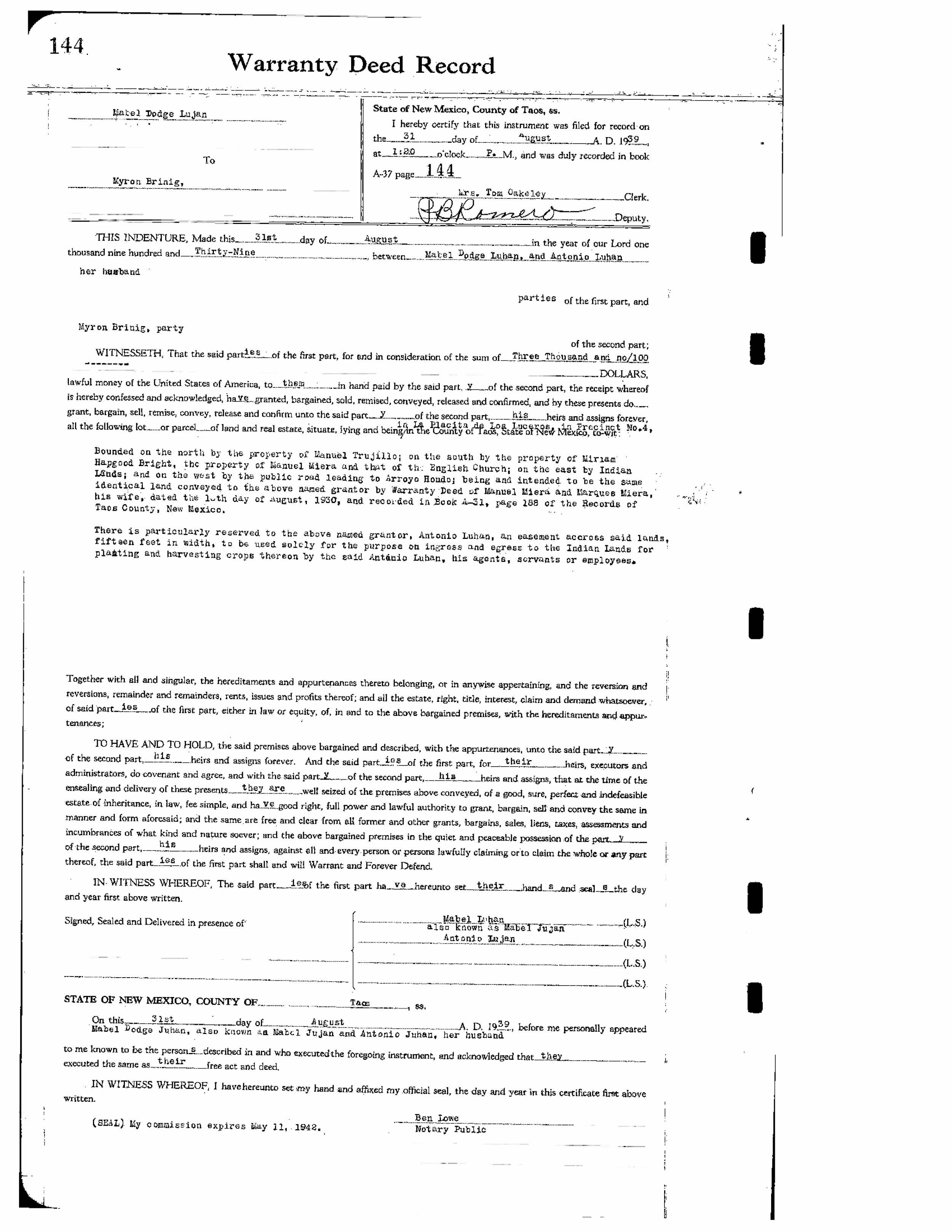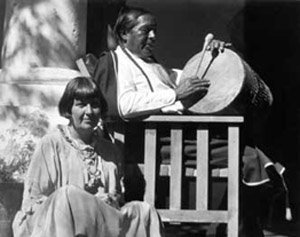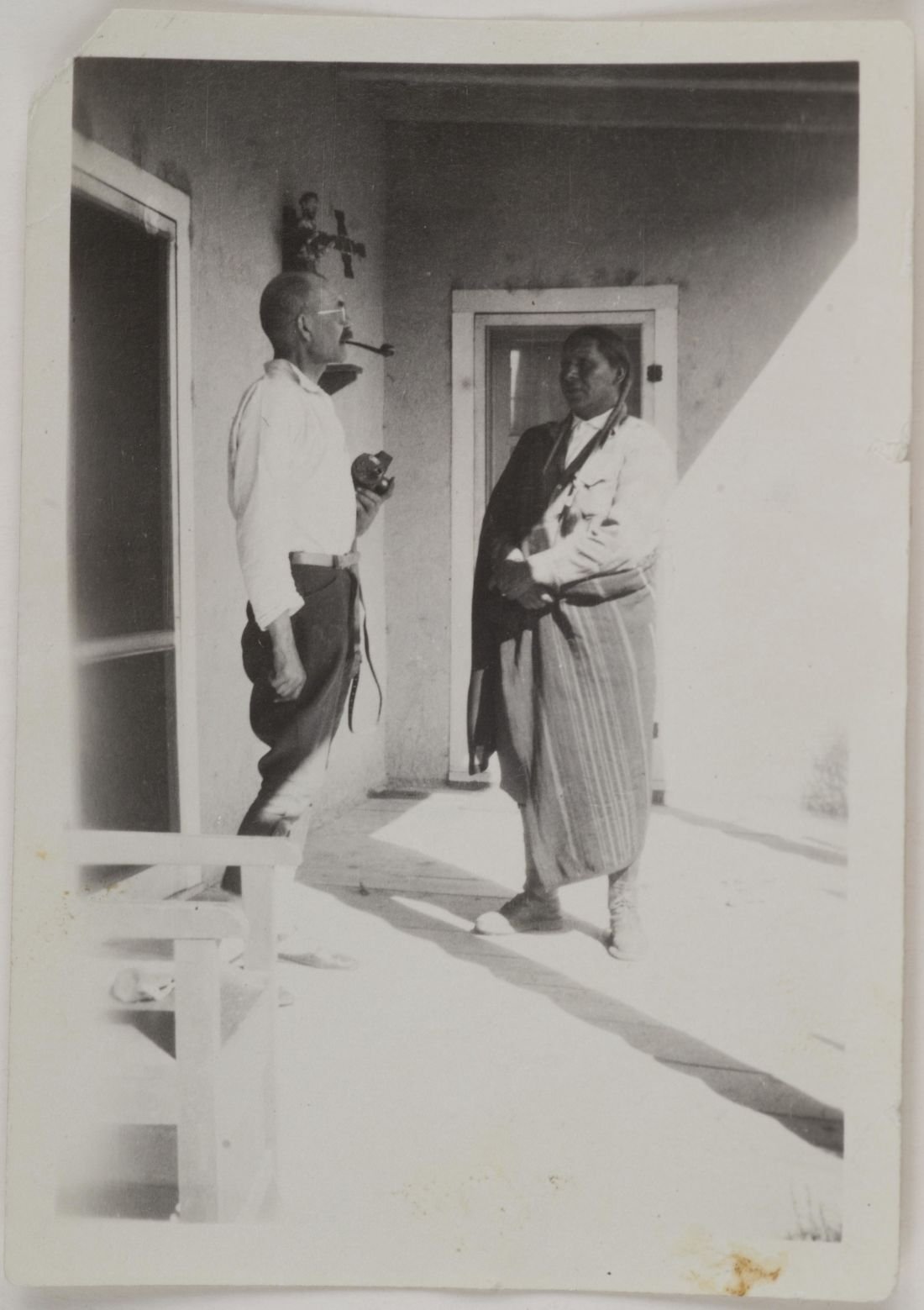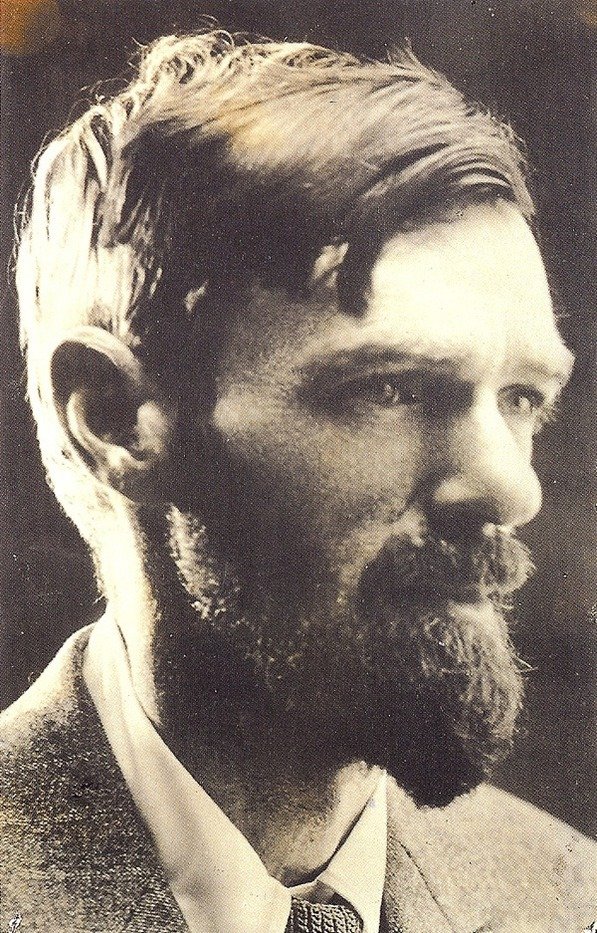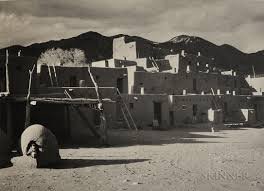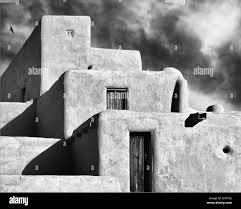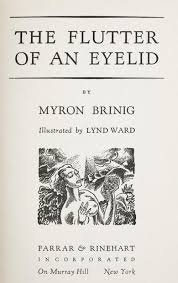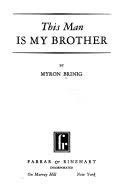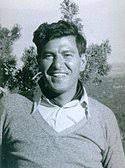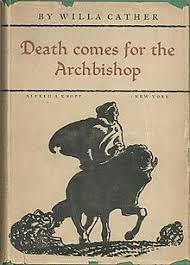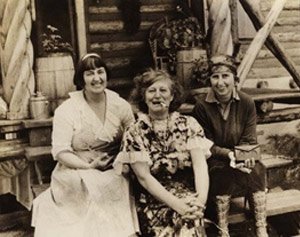For more than two centuries, the Hacienda del Sol has perfected the art of gathering and hospitality.
Architecture and landscape
The Hacienda is a striking example of Southwest adobe style. Constructed in 1804, a cluster of buildings encircle an outdoor courtyard that frames a commanding view of the Sangre de Cristo mountain range. The architecture draws on both the ancestral dwellings of the Taos Pueblo -- a site continuously stewarded by the Native community for nearly a millennium and protected by UNESCO World Heritage designation -- and on mediterranean spatial arrangements introduced by Spanish settlers in the 1700s. The Hacienda’s thick adobe walls are smoothed by many generations of artisans who have cared for the structure since it was first built. The lush landscape, punctuated by centuries-old cottonwood and willow trees, has likewise been lovingly preserved.
Guest accommodations and common spaces form a crescent around a shared courtyard. More contemporary additions to the Hacienda blend effortlessly with the original structures. A dining room adorned with vigas -- hewed wooden beams characteristic of Southwest architecture -- also radiates with the heat of a kiva. Around the private courtyard, shaded portales afford a respite from midday heat, while seating areas and lounges welcome sun-seekers. In summer, mature trees scatter the light; during the ski season, dried chili pepper ristras drape down from carved beams. And any time of the year, visitors and Taoseños can be found under the Hacienda’s roof, sharing meals, sketching ideas, swapping anecdotes, making plans -- just as they have for 200 years past.
History and artistic legacy
The Hacienda’s history is linked inextricably to the story of Taos. Long before European settlers extended the reach of the Vice Royalty of New Spain along the Rio Grande valley, Taos had already been an important crossroads -- a vital node of trade routes, ceremonial practices, familial networks, and cultural exchange. The Taos Pueblo played host to an annual cycle marked by rituals, festive events, and diplomatic councils with neighboring tribes. As Spanish colonists arrived in the area, this essential role of the Taos Pueblo persisted; centuries later, when the Southwest territories came under United States jurisdiction, the Pueblo land remained proudly unceded. The location of the present-day Hacienda, just beyond the boundaries of the Pueblo, became a bustling trading post.
The turn of the 20th century brought remote Taos within reach of the rush of American life. The first train steamed into Santa Fe in 1880 and New Mexico became the 47th state in 1912. Photographers and authors, healers and seekers, patrons and adventurers were lured by the Taos landscape. In 1917, influential art collector and socialite Mabel Dodge Luhan relocated to Taos, where she met her future husband, the Native American Tony Lujan.
The Hacienda was the epicenter of the couple’s personal and social lives. Mabel and Tony lived at the adobe compound that would become Hacienda del Sol. And, in the active decades of their Taos life, they established on its grounds a literary and artistic colony. Nearly every canonical figure of the first half of the twentieth century left a mark on the Hacienda. D.H. Lawrence lingered on the property with Mabel and Tony. Willa Cather came to stay and take notes for her magisterial “Death Comes for the Archbishop.” Georgia O’Keeffe often made the trip from nearby Abiquiu and Ansel Adams recovered between long journeys through the West. The expat portraitist Nicolai Fechin (whose museum is located just down the road) frequently dropped in for dinners. The author and historian Frank Waters extended his stay for nearly a year, finishing the manuscript for “The Man Who Killed the Deer,” his quintessential novel set in Taos.
In 1939, Mabel and Tony left the Hacienda to a close friend, modernist writer Myron Brinig. Brinig was the Hacienda’s caretaker for another two decades, advancing its artistic bona fides well into the next generation.
The Hacienda today
By the 1970s, Taos was earning a reputation for daring skiing, abundant art, and a freewheeling, countercultural lifestyle. The original footprint of the Hacienda expanded and the property was reimagined into a boutique inn -- a service which it performs with grace to this day.
Today, the Hacienda del Sol is no less creative, curious, and convivial. Evidence of its many happy lifetimes is everywhere: in the bloom of its orchard, in the heavy timbers of its roof, in the creaking of its iron-hinged doors. Renowned Navajo artist RC Gorman installed custom art tile throughout the Hacienda’s suites, where his vibrant patterns still delight visitors. Writers and poets from every corner of the earth come for literary workshops and contemplative retreats. Chefs and musicians host intimate gatherings. And -- honoring its extraordinary spirit of place -- a rare portfolio of Edward Curtis’s photographs of Indigenous life of the Southwest graces the gallery walls of the Hacienda’s dining room and lounge.
The Hacienda is centrally located in Taos, directly adjacent to the Taos Pueblo, within walking distance to the historic Taos Plaza, in range of iconic skiing and hiking destinations, and immersed in a world-class cultural and culinary scene.
The Hacienda awaits your creative contribution…


